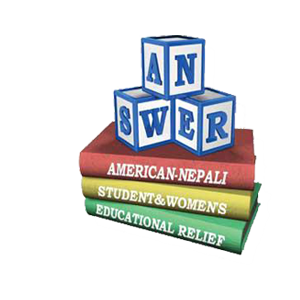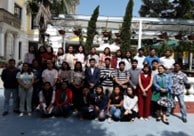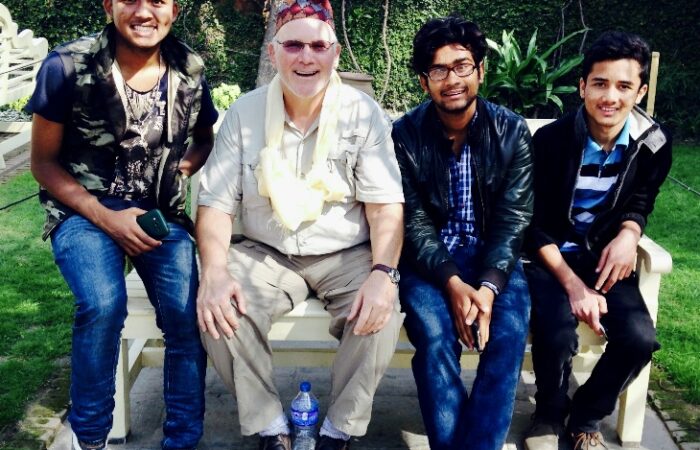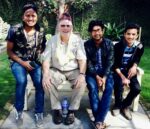For years we have been lauding plaudits on our students. In fact, considering that all of these students are from highly disadvantaged backgrounds, I have maintained that no other charity or organization anywhere can match our success rate.
Finally, I asked our co-director Sanoj Mali in Nepal to start tabulating results, so all can know, and perhaps openly challenge us on our success. I will be delighted to learn I am wrong and what and how we can do better! So here is the pudding wherein lies the proof:
Last year 2022, we had 54 students take the tenth grade national exam (SEE, Secondary Education Exam), and all passed. In fact, we have had only 1 student (out of more than 1000 students) ever fail this exam (in our early years) when we learned that there are school principals who will forge grades to maintain sponsorships! Of the 54, 20 scored A+ overall, 21 scored A, and 13 with B’s: B+ (12) or B (1). Of the 3 pathways available in College Preparatory School (Grades 11 & 12), 41 chose Science (very challenging), 10 Business, and 1 student went into humanities (often our pre-law students).
ANSWER 2022 SEE Grade Distribution
Last year 2022, we also had 48 students take the National Grade 12 Board Exams at the end of College Prep Education. Thence, they pursued degrees in technical, bachelor, or professional programs: 30 in various business and banking programs, 4 in Charted Accountancy (CPA), 2 in Law, 4 in Engineering, and 8 still waiting for entrance results for Medical School (Here, they must not only be accepted, but also score high enough to win one of the highly competitive seats for a full ride scholarship (approx. 1 per 10,000 applicants!).
Currently, we have 130 students pursuing Bachelor degrees in a wide range of professional fields: 33 in Business (BA, BS), 19 in other business bachelor programs (BCA, BBA, BIM, BHM, BBM, BTTM), 8 in Chartered Accountancy, 6 in Science Programs (BSc), 20 in Engineering, 4 in Information Technology, 4 in Medical School (MBBS), 3 in Public Health, 3 in Forestry, 8 in Agriculture, and 2 in Food Technology, 13 in Law School, and 6 in Social Work.
Now then, as for our graduates, these are professionals that are currently working in Nepal: 1 Doctor, 2 Veterinarians, 5 Nurses, 7 Engineers, 14 in Office Administration, 3 in Banking, and many more doing internships in various professions and about 25-30 looking for jobs. Since the earthquake of 2015, more and more of our students are going abroad for jobs and education. Typically, last year ANSWER saw 6 students emigrate and 10 more still in various stages of approval. However, the large majority of our graduates remain committed to stay in Nepal, but with the impact of one natural disaster after another, domestic employment opportunities remain severely limited as the government encourages Nepalis to go abroad because remittances to their families from abroad are easy to collect and heavily taxed.
In the final analysis, how does one measure educational success? If it is GPA, no one can touch us. In terms of achievement, ANSWER students have an amazing percentage of degreed students. However, in terms of employment, we falter, not fail: it may take a student a full year to find the right fit. If not, the student may very well emigrate. As my father explained to me in 1961, “We succeeded in helping Japan re-industrialize after the War. But now, we must teach them to do it expensively.” What he meant is that the Japanese worker was underpaid, and without that correction America will find it hard to compete with Japan. Likewise, the Nepali worker is way undervalued, but unlike the Japanese, they will go elsewhere. This Brain drain is not just Nepal’s biggest obstacle to development, but ANSWER’s biggest challenge to its ultimate success in having our graduates remain in Nepal and be instruments in that development, i.e., “Paying it forward.” The next story on nursing education and employment in Nepal illustrates this point beautifully.
Written by Earle Canfield – Founder, Executive Director

 .
.  .
. 





